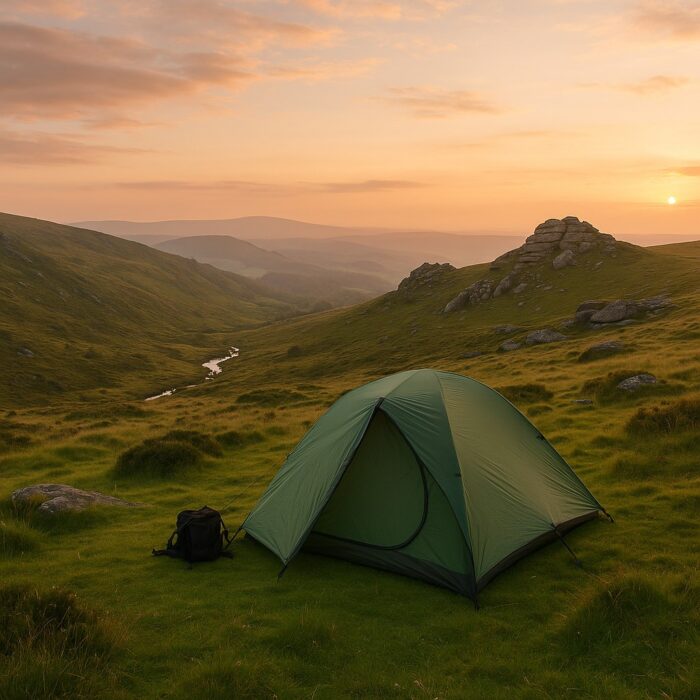10 top wild camping spots in the UK
Dartmoor, Devon
Why: Legal in designated areas within the national park.
Where to camp: Fur Tor, Bellever Forest, or Great Mis Tor.
Tip: Check Dartmoor’s camping map before your trip.
Cairngorms, Scotland
Why: Wild camping is legal across most of Scotland under access laws.
Where: Glen Feshie or around Loch Avon.
Tip: Be weather-ready — it’s exposed and remote.
Lake District, Cumbria
Why: Traditionally tolerated above the fell wall, if done discreetly.
Where: Sprinkling Tarn or Angle Tarn.
Tip: Camp high, stay out of sight, and leave early.
Snowdonia, Wales
Why: Often tolerated in remote mountain areas.
Where: Cwm Idwal, Rhinogs, or Carneddau.
Tip: Avoid busy paths and be completely self-sufficient.
Isle of Skye, Scotland
Why: Legal and incredibly scenic.
Where: Quiraing, Loch Coruisk, or Cuillin Ridge.
Tip: Midges can be fierce — pack repellant and a net.
Knoydart Peninsula, Scotland
Why: True wilderness — only accessible by boat or on foot.
Where: Loch Nevis or near Inverie.
Tip: Great for multi-day treks and solitude.
Northumberland National Park
Why: Remote landscapes with minimal footfall.
Where: The Cheviots or near Hadrian’s Wall (discreetly).
Tip: Amazing for stargazing — bring a warm sleeping bag.
Galloway Forest Park, Scotland
Why: Legal camping, dark skies, and accessible wilderness.
Where: Near Loch Trool or in the Merrick hills.
Tip: Ideal for beginner wild campers.
Llyn Peninsula, Wales
Why: Quiet coastal spots and tolerant locals in off-peak times.
Where: Secluded bays like Porth Iago or Porthdinllaen.
Tip: Stay low-profile and avoid school holidays.
Brecon Beacons (Bannau Brycheiniog), Wales
Why: Often possible with landowner permission.
Where: Fan y Big or Llyn y Fan Fach.
Tip: Ask for permission and keep camps discreet.

